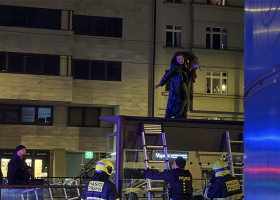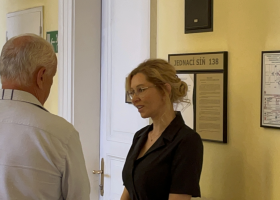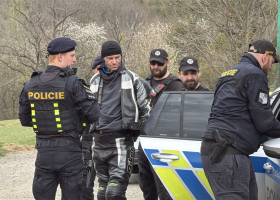-
Intervention in Prague's Břevnov. Due to the anthrax threat, everyone involved had to wear anti-chemical suits.
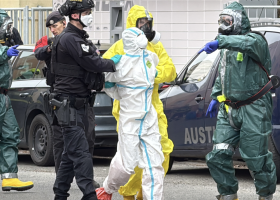
© AKTU.cz, Jiří Forman Response in anti-chemical suits, negotiators, an intervention unit, and firefighters with a decontamination unit. All of this frightened the residents of Břevnov around noon today. A mentally ill man, who refused to begin treatment, barricaded himself and threatened to trigger a gas explosion and to deploy dangerous anthrax.
Footage from the scene captured by the agency AKTU.cz looks dramatic, but it was a preventative measure. The responding police officers could not rule out that the suspect, who threatened an explosion of gas or dangerous anthrax, had not ingested the substance before their arrival. As a result, all responding personnel had to be decontaminated.
The detained suspect was treated as if he were contaminated until proven otherwise, because the risk remains until it is definitively ruled out. Everything followed established intervention protocols.
The man who made the threats, although unharmed, was transported to a hospital facility.
Anthrax
Anthrax is an abbreviated term for the disease known as splenic anthrax. It is caused by the bacterium Bacillus anthracis, which produces very resilient spores, making "anthrax" nearly synonymous with a biological weapon in today’s context.
Herbivores are primarily infected by the bacterium, while humans tend to be more resistant.
In humans, the disease can manifest in three forms – cutaneous, pulmonary, or gastrointestinal. The cutaneous form is the most common, producing ulcers on the skin. It is easily treated with antibiotics, and often the body can overcome this form on its own. However, if left untreated, approximately 20 percent of patients may die.
The second form is pulmonary, which occurs when a person inhales the bacterium, accounting for about five percent of cases. This form is extremely dangerous because it develops like the flu, and if it goes undetected, it can lead to rapid death.
The occurrence of the gastrointestinal form is rare. A person becomes infected by ingesting the bacterium, and in such cases, the mortality rate is around 50 percent if antibiotic treatment is not started promptly.
In the Czech lands, the last case of the disease was recorded in 1985. It appears only sporadically in Asia and Africa.
-
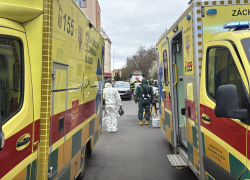 © AKTU.cz, Jiří Forman
© AKTU.cz, Jiří Forman -
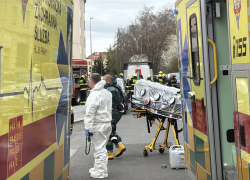 © AKTU.cz, Jiří Forman
© AKTU.cz, Jiří Forman -
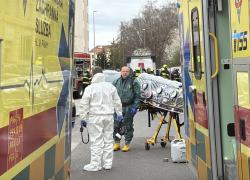 © AKTU.cz, Jiří Forman
© AKTU.cz, Jiří Forman -
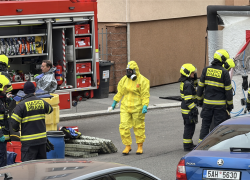 © AKTU.cz, Jiří Forman
© AKTU.cz, Jiří Forman -
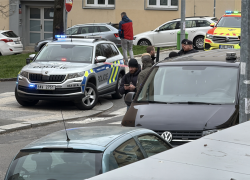 © AKTU.cz, Jiří Forman
© AKTU.cz, Jiří Forman -
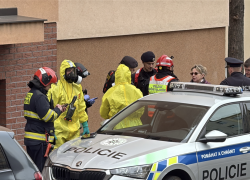 © AKTU.cz, Jiří Forman
© AKTU.cz, Jiří Forman -
 © AKTU.cz, Jiří Forman
© AKTU.cz, Jiří Forman -
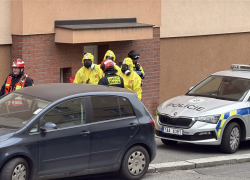 © AKTU.cz, Jiří Forman
© AKTU.cz, Jiří Forman -
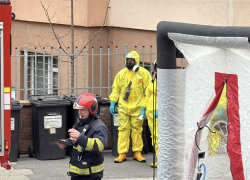 © AKTU.cz, Jiří Forman
© AKTU.cz, Jiří Forman -
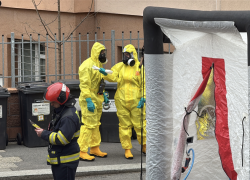 © AKTU.cz, Jiří Forman
© AKTU.cz, Jiří Forman -
 © AKTU.cz, Jiří Forman
© AKTU.cz, Jiří Forman -
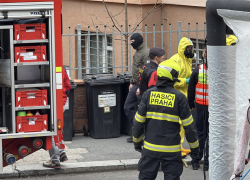 © AKTU.cz, Jiří Forman
© AKTU.cz, Jiří Forman -
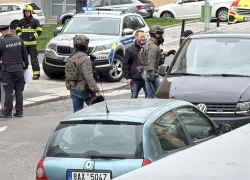 © AKTU.cz, Jiří Forman
© AKTU.cz, Jiří Forman -
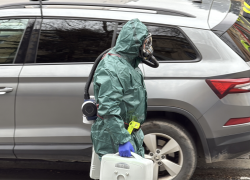 © AKTU.cz, Jiří Forman
© AKTU.cz, Jiří Forman -
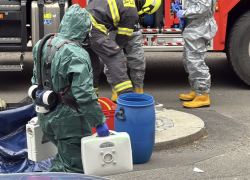 © AKTU.cz, Jiří Forman
© AKTU.cz, Jiří Forman -
 © AKTU.cz, Jiří Forman
© AKTU.cz, Jiří Forman -
 © AKTU.cz, Jiří Forman
© AKTU.cz, Jiří Forman -
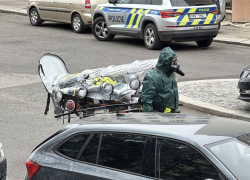 © AKTU.cz, Jiří Forman
© AKTU.cz, Jiří Forman -
 © AKTU.cz, Jiří Forman
© AKTU.cz, Jiří Forman -
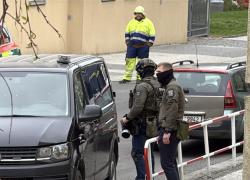 © AKTU.cz, Jiří Forman
© AKTU.cz, Jiří Forman -
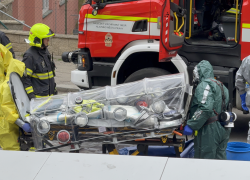 © AKTU.cz, Jiří Forman
© AKTU.cz, Jiří Forman -
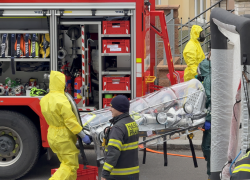 © AKTU.cz, Jiří Forman
© AKTU.cz, Jiří Forman -
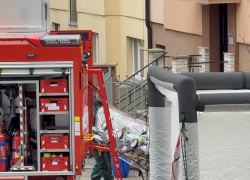 © AKTU.cz, Jiří Forman
© AKTU.cz, Jiří Forman -
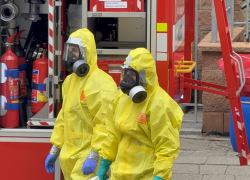 © AKTU.cz, Jiří Forman
© AKTU.cz, Jiří Forman -
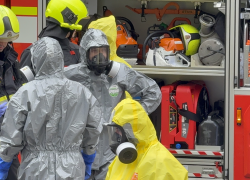 © AKTU.cz, Jiří Forman
© AKTU.cz, Jiří Forman -
 © AKTU.cz, Jiří Forman
© AKTU.cz, Jiří Forman -
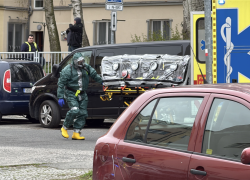 © AKTU.cz, Jiří Forman
© AKTU.cz, Jiří Forman -
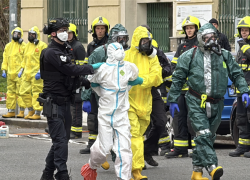 © AKTU.cz, Jiří Forman
© AKTU.cz, Jiří Forman -
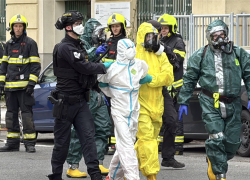 © AKTU.cz, Jiří Forman
© AKTU.cz, Jiří Forman -
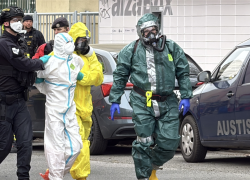 © AKTU.cz, Jiří Forman
© AKTU.cz, Jiří Forman -
 © AKTU.cz, Jiří Forman
© AKTU.cz, Jiří Forman -
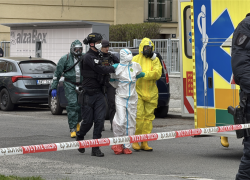 © AKTU.cz, Jiří Forman
© AKTU.cz, Jiří Forman -
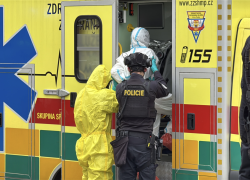 © AKTU.cz, Jiří Forman
© AKTU.cz, Jiří Forman
-


